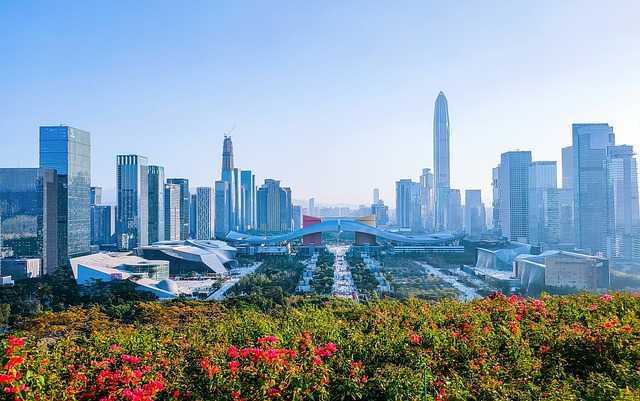SHENZHEN, China – In Shenzhen food delivery by drone is a part of daily life. This delivery service is operated by Meituan, one of China’s most popular food delivery platforms and it has been developing this service since 2017. Meituan offered drone delivery service in a challenging environment: a dense urban city.
Shenzhen food delivery by drone by Meituan
For the service to work in such a busy and crowded place, Meituan has created pickup kiosks close to residential or official buildings.
Drones send you deliveries at the kiosks. This allows the drones to fly a predetermined route. Meituan made more than 100,000 drone deliveries in the city of Shenzhen.
Everything can be delivered even iced tea just like the reporter Zeyi Yang describes in his article for MIT Technology Review.
The entire process is a mixture of human and automated labor. Once the system gets an order from a customer, a runner (a human being) goes to the restaurant to pick up the order and he proceeds to bring it to the launchpad.
The runner then places the food and drinks in a box and hands it off to a different worker specialized in dealing with flying drones.
Mao Yinian, the director of drone delivery services at Meituan explains to MIT Technology Review: “You can know in advance, at every precise second, where each drone will be and how fast its speed is, so the customers can expect the arrival time with a deviation of two seconds, instead of three minutes or even 10 minutes (when it comes to traditional delivery). Our vision is to turn the launchpad into a fully automated factory assembly line. The only work for humans is to place the nonstandardized food and drinks into a standardized packaging box, and then there’s no more work for humans.”


















